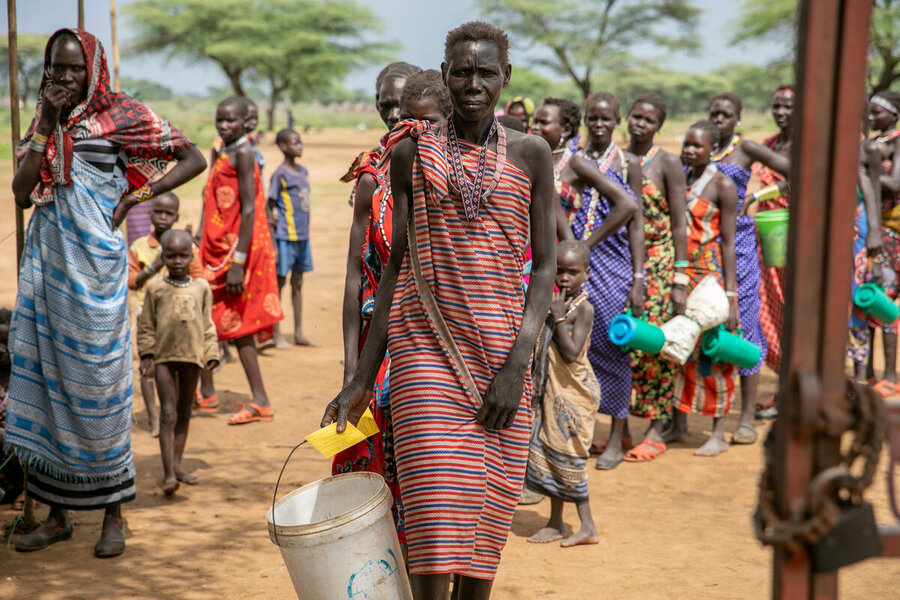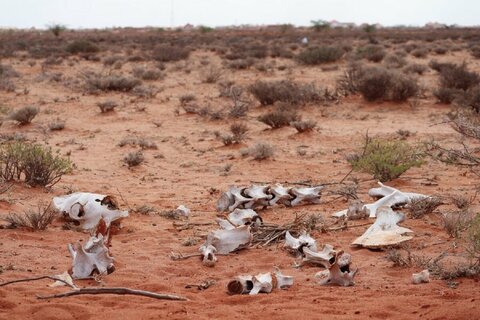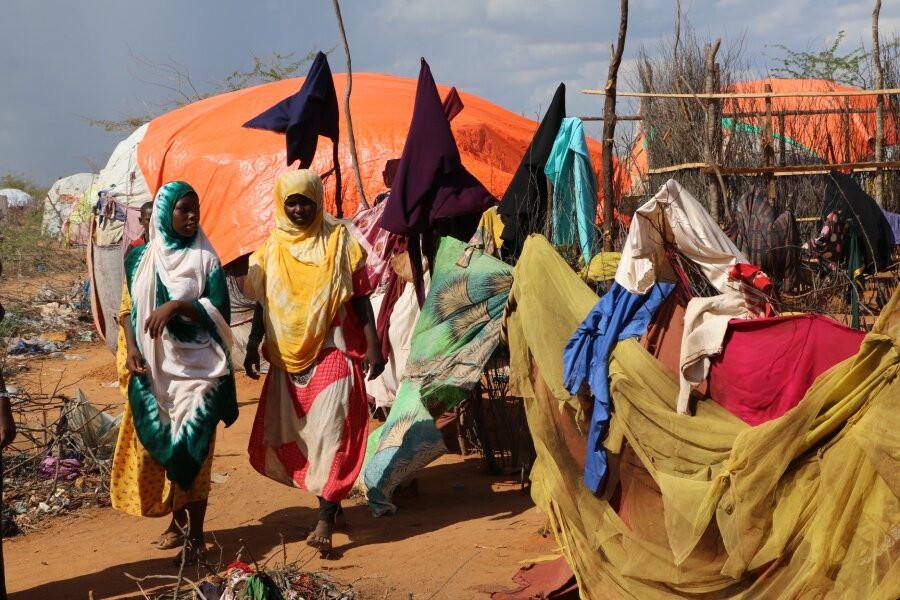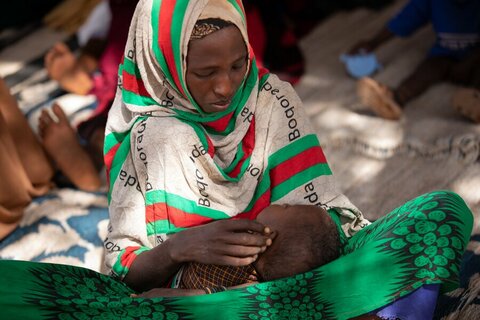Horn of Africa hunger crisis pushes millions to the brink

Millions of people in the Horn of Africa are trapped in a hunger emergency as the region lurches from crisis to crisis: the longest drought in recorded history has given way to rains and flash flooding, the World Food Programme (WFP) warned today.
Food and energy prices remain stubbornly high as the impact of the conflict in Sudan reverberates around the region.
“Conflict, climate extremes and economic shocks – the Horn of Africa region is facing multiple crises simultaneously,” said Michael Dunford, WFP regional director for Eastern Africa.
Hit by multiple crises, tens of thousands of Somalis flock to refugee camps in Kenya

After five consecutive failed rainy seasons, flooding has replaced drought, killing livestock and damaging farmland, further shattering livelihoods. “And now the outbreak of conflict in Sudan is forcing hundreds of thousands of people to flee their homes.”
When the region’s long-awaited rains arrived in March, they should have brought some relief. But instead, flash flooding inundated homes and farmland, washed away livestock, and closed schools and health facilities. Yet more people were forced from their homes: 219,000 people in southern Somalia, where 22 people were also killed.
After three years of drought, more than 23 million people across parts of Ethiopia, Kenya and Somalia face severe hunger. Mortality and malnutrition rates remain a serious cause for concern.

Consecutive failed harvests and high transport costs have pushed food prices far beyond the reach of millions in the region. A food basket in Eastern Africa in March 2023 cost 40 percent more than a year ago. In Ethiopia, fuel prices have almost doubled in a year.
It will take years for the region to recover, and humanitarian assistance is a lifeline. Yet, limited humanitarian resources are being stretched further still by the conflict in Sudan, which has sent over 250,000 people fleeing into neighbouring countries such as Ethiopia and South Sudan where food insecurity is already desperately high.
Nari, a mother to four boys and three girls, in Riwota, Kapoeta North, South Sudan, said: “I used to plant okra, maize, sorghum… but, with the drought, everything died.
“I only have money to send three of my children to school and even this is difficult.”
She added: “Before receiving food from WFP, I collected wild fruits to eat and charcoal to sell in the market, but sometimes I wouldn’t sell it and I would go to sleep hungry.”

Last year, WFP and partners launched a rapid scale up of life-saving assistance in drought-hit Somalia, Kenya and Ethiopia, which helped to keep famine at bay in Somalia. But now WFP is facing a funding crunch and is being forced to scale back assistance.
“WFP’s rapid expansion of life-saving assistance helped prevent famine in Somalia in 2022,” said WFP’s Michael Dunford. “But despite the emergency being far from over, funding shortfalls are already forcing us to reduce assistance to those who still desperately need it.
“Without sustainable funding for both emergency and climate-adaptation solutions, the next climate crisis could bring the region back to the brink of famine.”
In Somalia women and children are bearing the brunt of drought

Visiting Somalia earlier this month, WFP executive director Cindy McCain said: “Conflict and drought are devastating millions of Somalis. Children are paying the highest price of all. Nearly 500,000 children are at risk of dying. How many more must perish? The world has to step up now.”
By the end of 2022, WFP was distributing food assistance to a record 4.7 million people in Somalia. But in April, funding shortfalls forced WFP to reduce this to 3 million people. Without additional funds, WFP will have to further reduce the emergency food assistance caseload in Somalia to just 1.8 million by July. This means that almost 3 million people will not receive support, despite their continuing needs.
WFP urgently requires US$810 million over the next six months to keep life-saving assistance going and invest in long-term resilience in the Horn of Africa.



